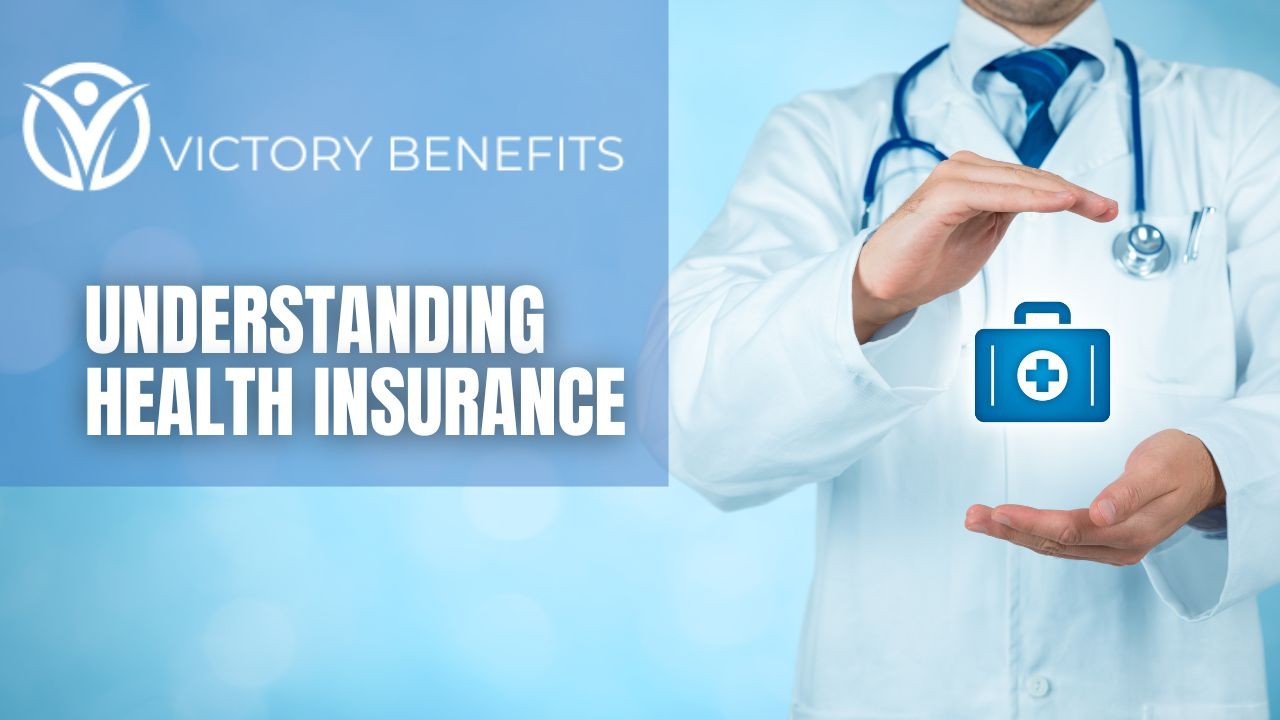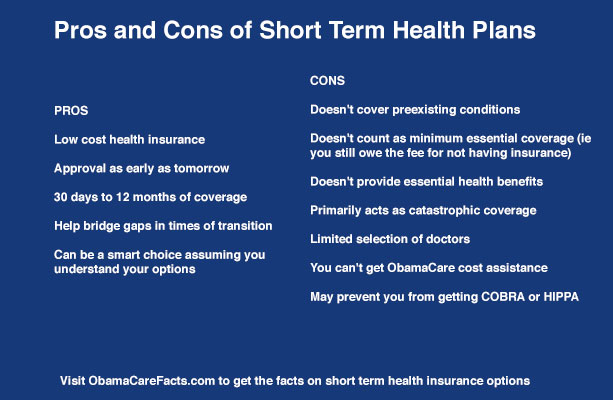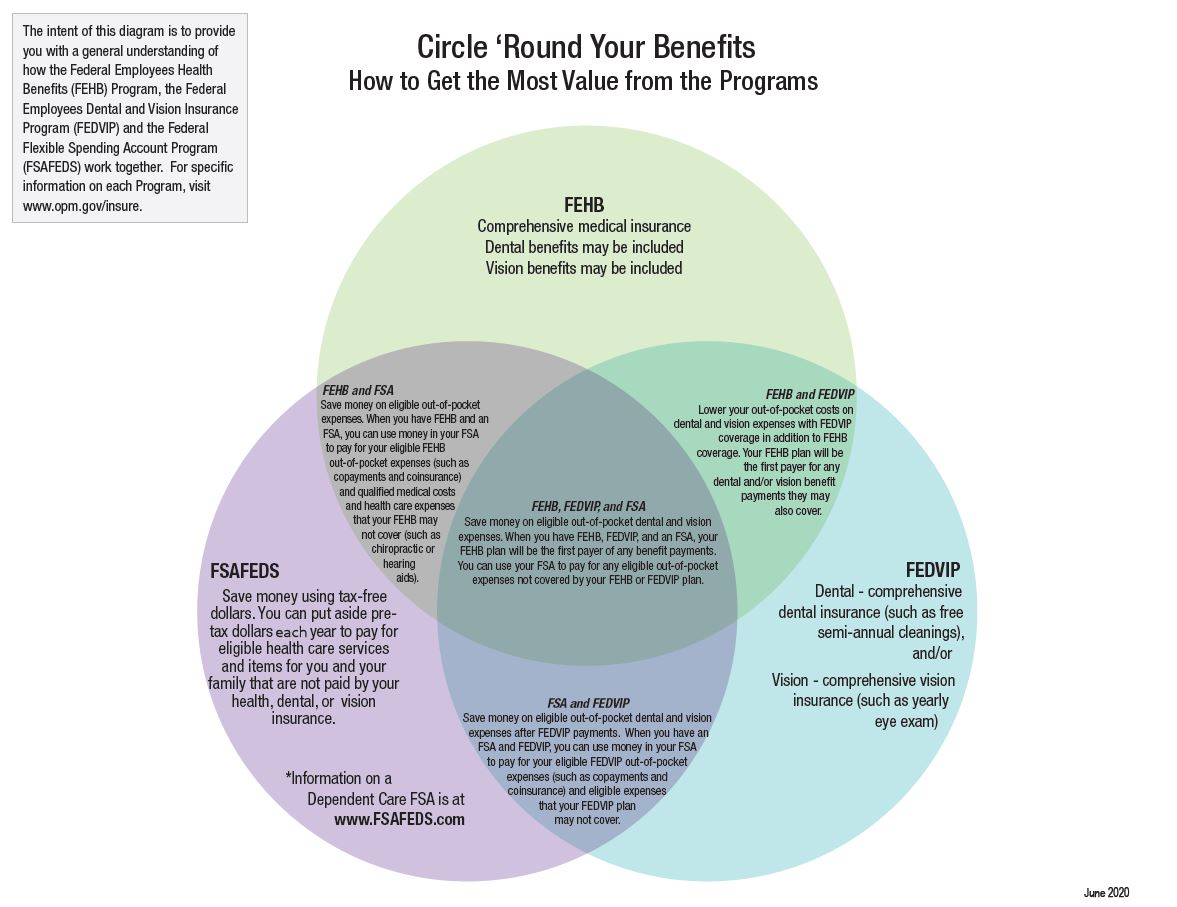Some Known Factual Statements About Medicare Advantage Agent
Getting The Medicare Advantage Agent To Work
Table of ContentsTop Guidelines Of Medicare Advantage AgentExcitement About Medicare Advantage AgentThe Buzz on Medicare Advantage Agent

adheres to from confusing the relatively young age profile of the without insurance with the far better health and wellness, usually, of younger individuals. This covers the link between wellness status and medical insurance. For those without access to workplace medical insurance, inadequate wellness is a possible obstacle to buying nongroup coverage because such coverage might be highly valued, leave out pre-existing problems, or be just unavailable. The number of uninsured Americans is not specifically big and has not transformed over the last few years. Seven out of 10 respondents in a nationally depictive study assumed that less Americans lacked medical insurance than really do(Fronstin, 1998). About half(47 percent )thought that the number of people without health insurance decreased or continued to be constant over the latter fifty percent of the last years(Blendon et al., 1999). This drop of virtually 2 million in the variety of individuals 'without insurance (a decrease
of about 4 percent)is definitely a favorable adjustment. With a softer economic climate in 2000 the current reported gains in insurance policy protection might not proceed(Fronstin, 2001 ). The decline in the number of uninsured will certainly not continue if the economic climate continues to be sluggish and health and wellness care costs continue to surpass inflation. This is since the information were gathered for a duration of strong financial performance. Of the approximated 42 million individuals that were without insurance, just about about 420,000(regarding 1 percent)were under 65 years of age, the age at which most Americans come to be qualified for Medicare; 32 million were grownups in between ages 18 and 65, about 19 percent of all adults in this age; and 10 million were kids under 18 years old, concerning 13.9 percent of all kids (Mills, 2000). These price quotes of the number of persons uninsured are created from the yearly March Supplement to the Current Populace Survey (CPS), performed by the Demographics Bureau. Unless or else noted, nationwide quotes of people without wellness insurance policy and percentages of the population with different kinds of insurance coverage are based on the CPS, the most widely utilized source of quotes of insurance protection and uninsurance rates. These surveys and the quotes they generate are defined briefly in Table B. 1 in Appendix B - Medicare Advantage Agent. These surveys vary in size and sampling approaches, the questions that are asked regarding insurance
Rumored Buzz on Medicare Advantage Agent
protection, and the time period over which insurance protection or uninsurance is determined(Lewis et al., 1998, Fronstin, 2000a ). Still, the CPS is especially valuable because it generates yearly price quotes reasonably rapidly, reporting the previous year's insurance protection approximates each September, and because it is the basis for a regular set of estimates for more than twenty years, enabling evaluation of patterns in protection gradually.

Medicare Advantage Agent for Dummies
Over a three-year duration beginning early in 1993, 72 million individuals, 29 percent of the U.S. population, lacked coverage for a minimum of one month. Within a solitary year(1994), 53 million individuals experienced at the very least a month without coverage(Bennefield, 1998a). 6 out of every ten uninsured grownups are themselves used. Working does boost the chance that one and one's household members will certainly have insurance coverage, it is not an assurance. Also members of family members with 2 full-time breadwinner have practically a one-in-ten chance of being without insurance (9.1 percent uninsured rate)(Hoffman and Pohl, 2000 ). The connection between medical insurance and accessibility to care is well developed, as recorded later on in this chapter. Although the partnership between medical insurance and wellness end results is neither direct neither straightforward, an extensive professional and health solutions research study literary works links health and wellness insurance weblink coverage
to better access to care, much better quality, and boosted individual and population health standing. For example, the second record, on personal health end results for uninsured adults, is represented by the inner circle of the number, while the third record, on household health, incorporates the subjects of the second record but stresses a various unit of evaluation, specifically, the family. The 6th record in the collection will certainly offer details about approaches and initiatives taken on locally, statewide, or nationally to attend to the lack of insurance policy and its negative impacts. Degrees of evaluation for checking out the effects of uninsurance. This discussion of wellness insurance policy coverage focuses mostly on the U.S. population under age 65 since basically all Americans 65 and older have Medicare or other public coverage.
It concentrates specifically on those without any health insurance policy for any kind of length of time. The issues dealt with by the underinsured are in some aspects comparable to those dealt with by the without insurance, although they are normally much less severe. Uninsurance and underinsurance, however, entail definitely different policy problems, and the approaches for resolving them might differ. Throughout this research study and the 5 reports to comply with, the major emphasis is on persons without health and wellness insurance and therefore no help in paying for healthcare past what is readily available through charity and safeguard institutions. Medical insurance is a powerful aspect impacting invoice of treatment because both individuals and doctors respond to the out-of-pocket cost of services. Medical insurance, nevertheless, is neither essential neither enough to access to clinical services. Nonetheless, the independent and direct effect of wellness
insurance policy protection on access to health and wellness solutions is well developed. Others will obtain the healthcare they require also without medical insurance, by spending for it out of pocket or seeking it from providers that provide care totally free or at very subsidized prices. For still others, health insurance policy alone does not make certain receipt of treatment due to the fact that of various other nonfinancial obstacles, such as an absence of healthcare carriers in their area, limited access to useful reference transport, illiteracy, or etymological and cultural distinctions. Official study regarding uninsured populaces in the USA dates to the late 1920s and early 1930s when the Board on the Price of Healthcare generated a series of records about financing doctor workplace check outs and hospital stays. This issue became significant as the numbers of medically indigent climbed throughout the Great Depression. Empirical studies regularly sustain the link between access to care and improved health end results(Bindman et al., 1995; Starfield, 1995 ). Having a regular source of care can be thought about a forecaster of gain access to, as opposed to a direct action of it, when health and wellness results are themselves utilized as gain access to indications. This extension of the concept of accessibility measurement was made by the IOM Board on Monitoring Access to Personal Healthcare Provider(Millman, 1993, p. Whether or not parents are guaranteed shows up to affect whether or not their youngsters get treatment along with just how much careeven if the children themselves have insurance coverage(Hanson, 1998). The health and wellness of moms and dads can impact their capacity to care for their children and the degree of family members stress. Worrying concerning their kids's accessibility to care is itself a resource of stress for moms and dads. Three phases comply with in this record. Chapter 2 supplies an overview of just how employment-based wellness insurance coverage, public programs and specific insurance plan operate and engage to supply considerable yet incomplete coverage of the U.S. population. This consists of a testimonial of historic trends and public policies affecting both public and exclusive insurance, a discussion of the interactions amongst the various sorts of insurance, and an evaluation of why people move from one program to one more or end up
